The podcasting business involves creating, producing, and distributing audio content, known as podcasts. Podcasts consist of a series of spoken word episodes, often focused on a particular topic or theme, such as business, education, technology, entertainment, or personal stories.
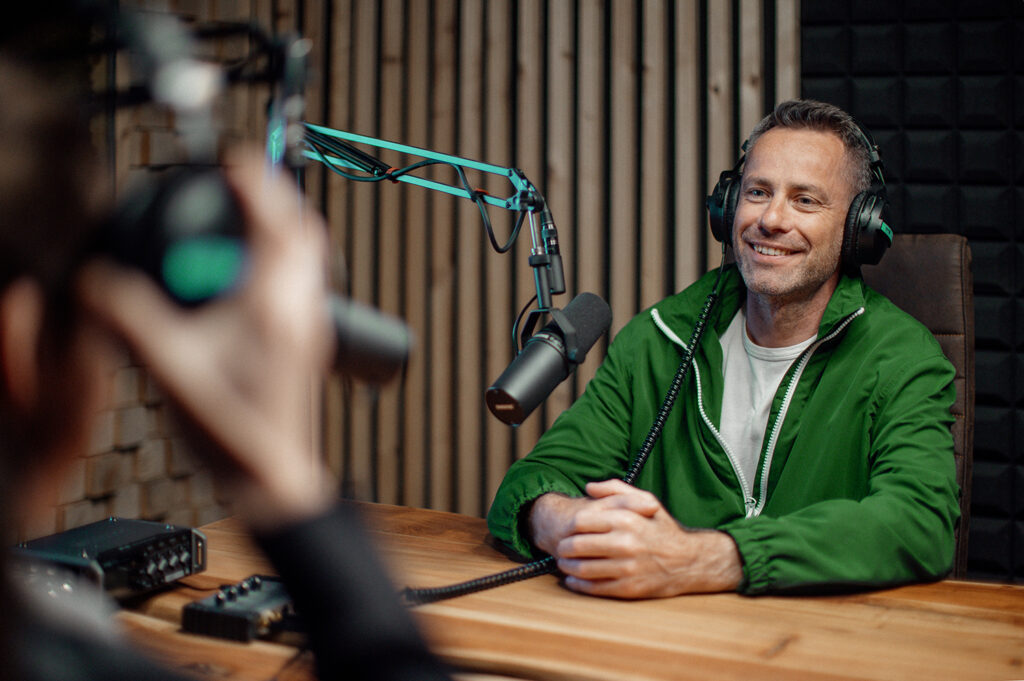
These episodes can be listened to on-demand through various platforms such as Spotify, Apple Podcasts, Google Podcasts, and other podcast directories. A podcasting business can generate revenue through sponsorships, ads, subscriptions, and listener donations.
Table of Contents
1. Choosing a Niche and Target Audience: Identifying the Topic and Audience for Your Podcast
One of the first and most important steps to start a podcasting business is to identify a specific niche and target audience for your podcast. Niche means a particular area or topic that you specialize in or have a keen interest in. The topic can be anything such as business, health, technology, education, entertainment, travel, personal development, or issues related to a specific community.
The target audience is people who are interested in your chosen topic and are interested in listening to your content. To identify your target audience, you need to take into account their interests, age, gender, geographical location, and other aspects of their lives. For example, if your topic is ‘business and startups’, your target audience could be young entrepreneurs, small business owners, and people who are looking for information on starting a Podcasting Business.
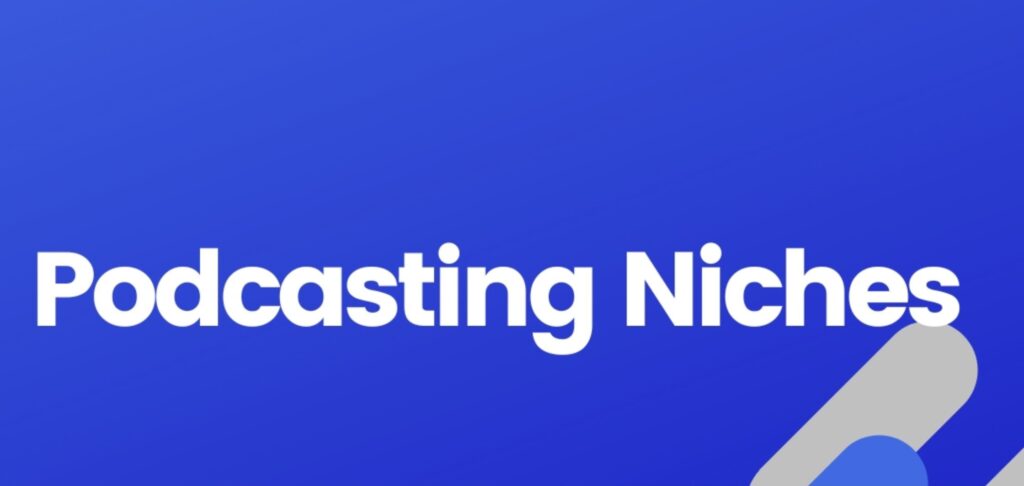
Identifying a niche and target audience clarifies the direction of your podcast and helps you create content that is relevant to your listener interests. This will not only increase your number of listeners, but also the quality and popularity of your podcast. Keep in mind that with a clear and focused niche and target audience, you can brand and market your podcast better.
2. Planning your podcast content for podcasting business
Planning your podcasting business content is crucial to the success of your show. First, you need to identify your podcast’s main topic and target audience. Next, create an outline of the topic and content of each episode. Decide what you will discuss in each episode and what type of information or story you will share.
You also need to decide how often you will release new episodes—weekly, monthly, or some other frequency. This schedule will help give your listeners regular new content and increase your podcast’s popularity.
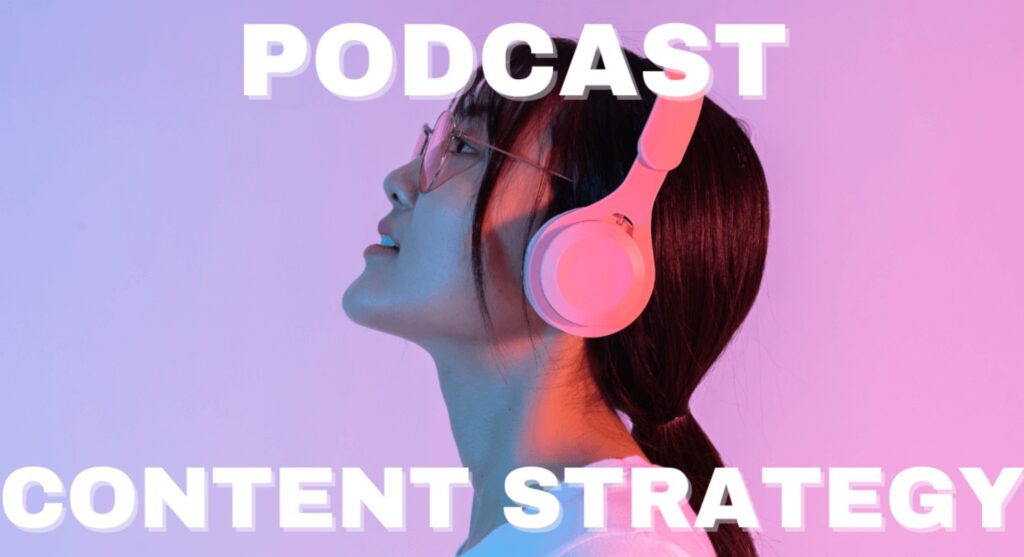
Also, the podcast’s format is important. Will you speak alone, or will you have guests in your episodes? Will you conduct interviews, have discussions, or tell stories? The format will help your listeners understand what they can expect in each episode and will also help give your podcast a unique identity.
This type of solid planning will make your podcast look organized and professional, allowing you to build a lasting and successful audience.
3. Invest in quality equipment podcasting business
Investing in high-quality equipment for podcasting business is extremely important to get professional and clean audio. First, buy a good microphone, as it is most important to capture your audio in a clear and crisp manner. A USB microphone or an audio interface with an XLR microphone can be good options. Choose microphones that are known for being clean and have low background noise, such as the Audio-Technica AT2020 or the Blue Yeti.
Next, invest in high-quality headphones. Closed-back headphones provide better sound isolation, allowing you to listen to audio without any disturbance from external sounds. Headphones from brands like Audio-Technica and Sony are reliable options for proper audio monitoring.
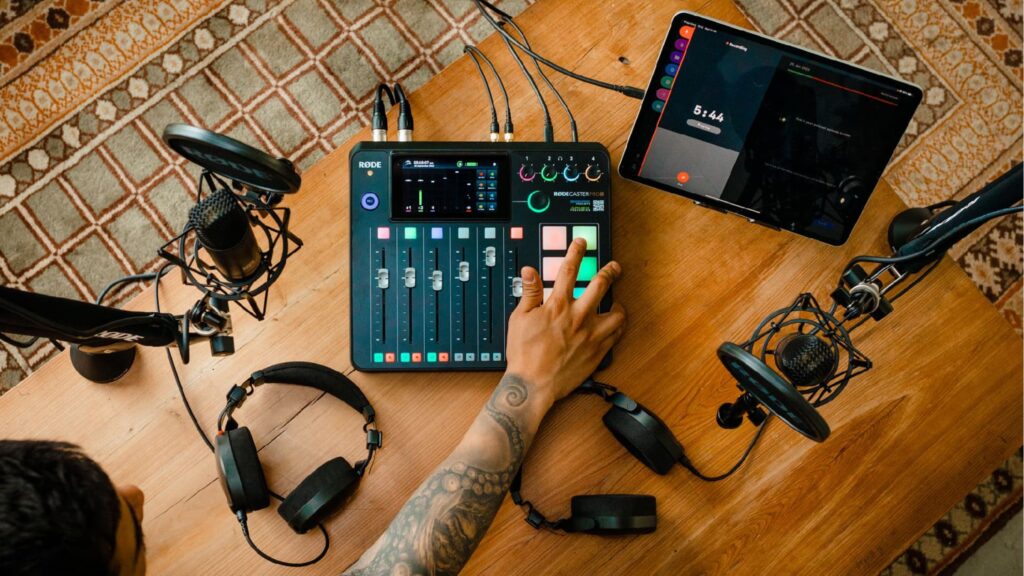
Finally, recording and editing software will be required, which will help you record, edit, and improve your podcast content. Software like Audacity, Adobe Audition, or GarageBand (for Mac users) can help you do this. Some software is free, while others may require a subscription or one-time purchase.
Overall, investing in these essential equipment for around ₹10,000 to ₹20,000 will make your podcast sound professional, make it more appealing to listeners and lay a strong foundation for your podcasting venture.
4. Setup a recording space: Create a quiet and soundproof area
Creating an effective recording space for podcasting is important so that your audio quality is high and free from external noise. First, choose a space that is isolated from external sounds, such as by converting an empty room or a small studio. To make the room soundproof, cover the walls with sound absorbing material such as foam panels or batting.
Place a mattress or carpet on the floor to reduce sound reflections. Place soundproofing strips around windows and doors to reduce external noise. Also, use a good microphone stand and pop filters, which will help keep your voice clear and pure. To avoid any unnecessary noise inside the room during recording, make sure all electronic devices are turned off and there are no other people in the room. This type of setup will keep your podcast audio quality at a professional level.
5. Learning recording and editing: podcasting business
Using recording and editing software correctly is essential to ensuring the quality of your podcast. First, you need to choose a good recording software, such as Audacity, Adobe Audition, or GarageBand, that suits your recording and editing needs. When using recording software, make sure your microphone is properly connected and your voice is clear.

Next, use editing software to edit the recorded material, removing unnecessary noise, mistakes, or undesirable parts and improving the audio quality. This will require learning about cutting, joining, and mixing audio tracks. Additionally, adding background music and sound effects can also be important to give your podcast a professional look. This process will take time and practice, but developing the right skills will make your podcast professional and engaging.
6. Record and edit episodes: creating high-quality audio content
Recording and editing podcast episodes is a crucial step in creating high-quality audio content. First, you need to buy a good microphone and headphones, which ensure clear and crisp sound. When recording, it is necessary to choose a quiet and sound-controlled environment so that background noise and unnecessary sounds are minimized.
After recording, use software to edit the audio, such as Audacity, Adobe Audition, or GarageBand. During editing, you can balance the sound levels, remove unwanted parts, and improve the overall audio quality. You need to make sure that the podcast sounds clear and professional, which can improve the listener’s experience. High-quality audio content will make your podcast look professional and attract listeners.
7. Creating Branding: Design a Logo and Cover Art for Your Podcast
Branding plays a vital role in establishing the identity of your podcast. The first step is to design an impressive logo and cover art that matches your podcast’s theme and target audience. The logo is a distinctive symbol of your podcast that should be easily memorable and recognizable. You can hire a graphic designer or use tools like Canva or Adobe Illustrator to design it yourself.

The cover art, which is the image of every episode of your podcast, needs to be attractive and professional so that it can attract attention on various podcast platforms. The cover art should include your podcast’s name, logo, and an attractive design that attracts listeners to your content. A good branding not only strengthens your podcast’s identity, but it also reflects your professionalism, which increases listeners’ trust and engagement.
8. Promote Your Podcast: A Deeper Overview
To promote your podcast, you need to effectively use social media, collaborations, and marketing strategies. First, use social media: Post regularly about your podcast on platforms like Facebook, Twitter, Instagram, and LinkedIn. Use attractive graphics and clips that will attract your audience. Collaborations are also an important method: Cross-promote or record guest episodes with other podcasters and bloggers.
This will give you a chance to reach their audience. Marketing strategies include helping your podcast rank on search engines through search engine optimization (SEO). Submit your podcast to podcast directories and forums, and send regular updates to your audience through email newsletters. All of these efforts will increase your podcast’s visibility and help you build a loyal listenership.
8. Monetize your podcast
There are several strategies you can use to monetize your Podcasting Business. The first and most common method is sponsorships. This involves partnering with companies or brands to promote their products or services through your podcast, in exchange for money or other benefits. Advertising is also an important monetization method; you can earn money by running ads on your podcast. You can either join ad networks or directly connect with brands.
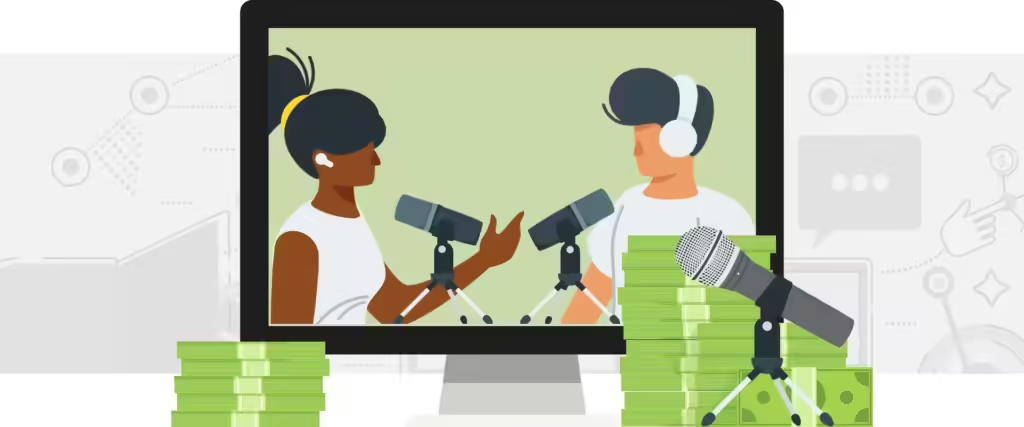
Subscriptions are another effective method, where you offer listeners a subscription fee for exclusive content or additional features. Additionally, listener donations can be a simple but effective method; your listeners can voluntarily donate money, especially if they like your podcast and want to support it. By employing all of these methods, you can generate a steady and potentially substantial income from your podcast.
Conclusion
The podcasting business is a profitable and flexible field that not only fosters creativity but also provides financial opportunities. With the right planning and strategy, this Podcasting Business has the potential to build strong relationships with your audience and generate steady revenue.
If u want to Watch the Video You can visit to our You tube Businovations Channel and watch the video……
Click the link to read the Recent Posts….
Simple Strategies and Tips for Starting a Baby Hamper business (192)
Gift Hamper Business: Low Investment Startup (190)

